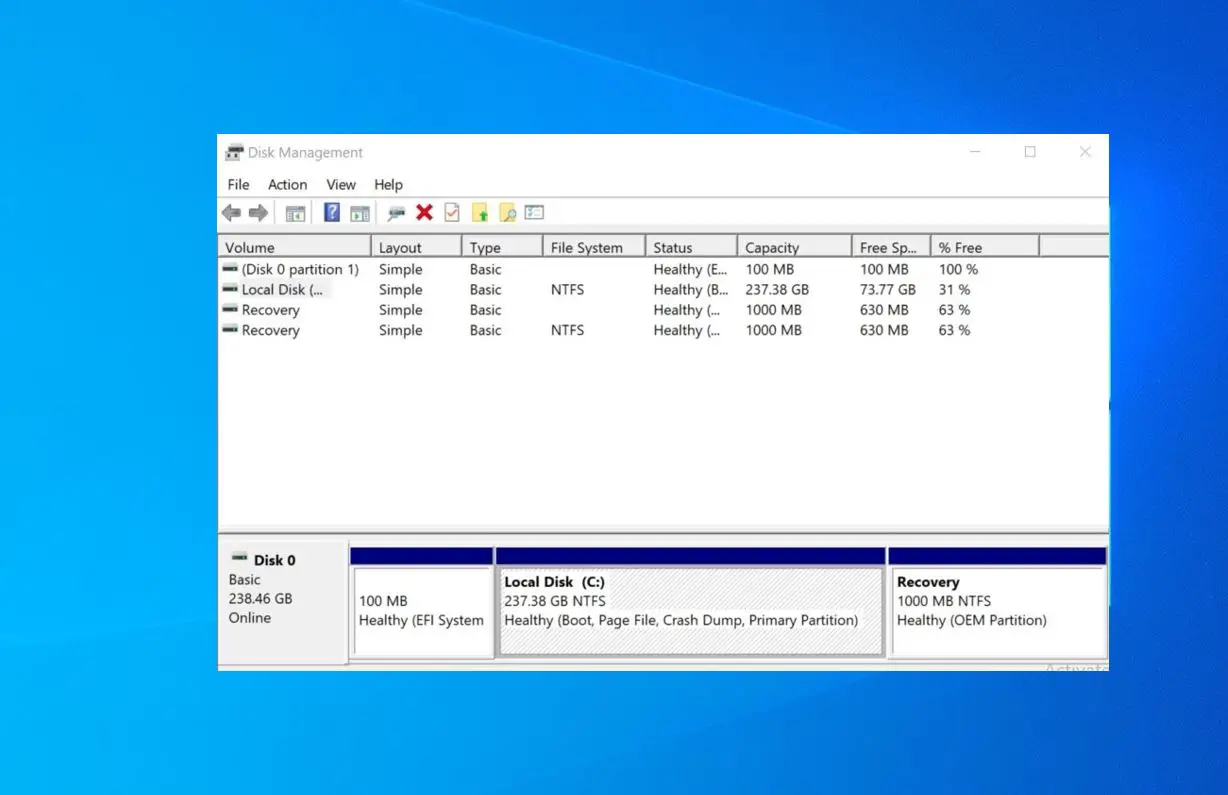

We all have done that, especially with USB drives. Click the “OK” button to start the formatting process.“ Format” as a word in computers is very popular, and a well-known word among computer users.But if you want to retain your file, leave the option checked When the “Format" prompt appears, uncheck "Perform a quick format" if you want to erase everything.On the disk management page, right-click on the volume you want to format and select “Format” from the context menu.Open the built-in Disk Management tool (right-click on the Start icon and select Disk Management).This will remove most infectious viruses or malware that are hindering performance. If you've decided to format your Windows PC to get it back to how it was when you bought it new, then you should follow the guide below to format/reformat the PC. Using Disk Management to format a Windows 10, 11 PC Full formatting is not advisable except for situations when you need to wipe everything that’s saved on a computer for example, to sell it to someone else. When you fully format your Windows PC, it becomes almost impossible to recover the files and data that were previously saved in your drive(s). Typically, you won’t lose your personal files when you format your PC in this manner. However, it won’t delete the files: they’ll still be saved in the drive, and you can view/access them when the formatting process is completed. When you run quick formatting to improve the performance of your Windows PC, it simply deletes access to the files saved in your connected drives. Quick formatting is the commonest type of formatting that people run. Which should you do?Īre you ready? Let's read! What is quick formatting? When we talk of formatting, there are basically two types of formatting: full formatting, and quick formatting. But, there’s also a way to format your PC without losing your files/documents. However, depending on how you format a PC, you may lose everything that’s saved on its drive, including your important files and data. However, one of the best ways to get a Windows PC to function as new is to format/reformat it.įormatting a Windows PC resets its settings and removes the third-party applications that are installed on the computer. Moreover, other things could be the reason why your Windows PC is not functioning as it used to. Also, it is possible that spyware got into your PC and that's the cause of its sluggish performance. Your PC may be affected by a virus or malware, which can cause it to run slowly.


 0 kommentar(er)
0 kommentar(er)
